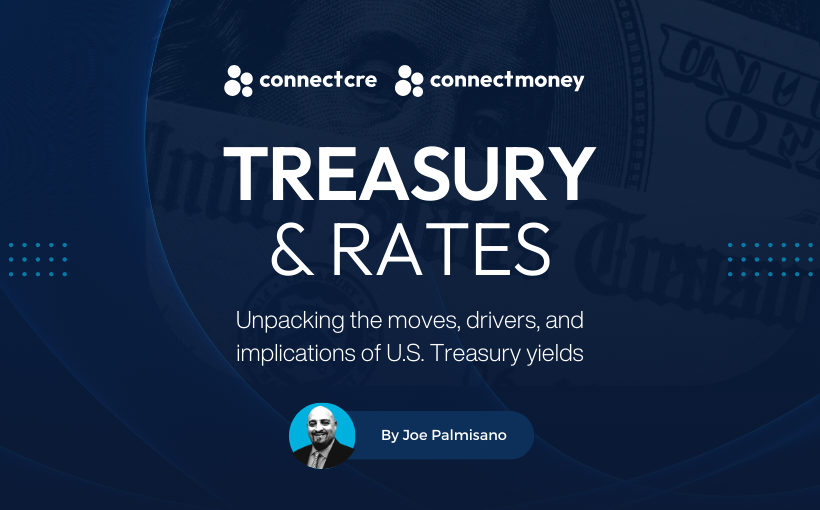

There has been a growing reliance on short-term bills to finance record levels of issuance by the U.S. Treasury. While this approach has helped prevent long-term yields from rising sharply, it also introduces new risks that could weigh heavily on both markets and fiscal policy.
The logic behind this strategy is straightforward: yields on the short end of the curve remain lower than on longer-dated bonds, allowing the government to fund itself at cheaper rates while avoiding excessive pressure on the 10- and 30-year segments of the curve. With the Treasury borrowing more than $1 trillion per quarter in gross issuance, demand management has become a central feature of debt policy.
The drawback, however, is mounting rollover risk. Treasury bills mature quickly and must be continuously refinanced, leaving the government highly sensitive to shifts in front-end rates. If rates were to rise further, debt servicing costs would escalate almost immediately. Net interest outlays have already climbed to more than $1.1 trillion on a run-rate basis in 2025, or roughly 3.8% of GDP—a postwar high compared to just 1.3% of GDP in 2015. This shift underscores how vulnerable U.S. debt dynamics have become in an environment where interest rates remain elevated.
The policy has also created unintended strain in money markets. As the Treasury floods the system with bills yielding over 5.3%, investors are moving cash out of the Federal Reserve’s overnight reverse repurchase facility (RRP) and into those securities. Balances in the RRP have collapsed from more than $2.2 trillion in early 2023 to under $300 billion today, levels not seen since before the Fed began quantitative tightening. The RRP had served as an important liquidity buffer; as it drains, the next cushion is bank reserves, which currently sit near $3.4 trillion but are trending lower. A repeat of September 2019, when reserves dipped below $1.3 trillion and repo markets seized up, is not an imminent risk, but the trajectory points to potential vulnerability if issuance patterns continue.
The market implications are significant. Heavy bill supply is keeping the short end anchored while limiting upward pressure on the long end. But if investors begin to demand more compensation for holding longer-dated Treasuries, as suggested by the Adrian-Crump-Moench (ACM) term premium model which has recently turned positive, the yield curve could steepen abruptly.
At the same time, if RRP balances approach zero, additional bill issuance will compete directly with bank reserves, tightening financial conditions even without further Fed action. On debt sustainability, the Treasury’s dependence on short-term funding means the U.S. is unusually exposed to interest rate risk: with about 60% of marketable debt maturing within four years, each 100-basis-point increase in average funding costs adds an estimated $250 billion in annual interest expense.
The political and policy dimensions are striking as well. Treasury Secretary Scott Bessent had previously criticized this very strategy, favoring longer-term issuance to lock in stable financing. Yet managing more than $34 trillion in debt while keeping the 10-year Treasury yield—already in the 4.00% to 4.15% range—from rising further has forced a pragmatic pivot. This creates a fragile balance between fiscal needs and monetary policy. If the economy reaccelerates and rates stay higher for longer, debt service could spiral further, tightening fiscal flexibility. Conversely, if liquidity strains emerge, as in 2019, the Fed may need to step in with repo operations or balance sheet interventions to stabilize funding markets.
The takeaway is that the Treasury’s short-term financing strategy provides near-term relief but reduces long-term resilience. For investors, the key early-warning indicators are front-end issuance levels, RRP balances, and bank reserve trends. What appears to be a clever tactic for managing debt today could ultimately sow the seeds of the next liquidity crunch tomorrow.
Please share your comments below and click here for prior editions of “Treasury & Rates.”
The post Treasury’s Short-Term Debt Strategy Raises New Liquidity and Cost Risks appeared first on Connect CRE.


